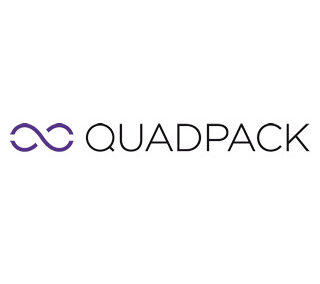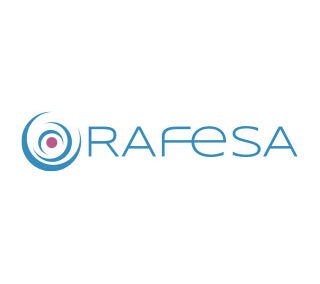The use of 3D printing in the manufacture of prototypes and in the customization of packaging; the rise of new materials such as bioplastics and the increased demand for anti-counterfeiting systems set trends in packaging for non-food sectors. All this added to the concern for reducing costs and improving sustainability. These issues were addressed at the second sector meeting of the Spanish Packaging and Packaging Institute (IEEE) held on January 30 at Fira de Barcelona in collaboration with Hispack.
The opportunities that 3D printing can bring to the industry focused the first of the presentations. This new technology enables differentiation from mass manufacturing and access to a global market, while lightening or eliminating intermediate processes, delivering the design directly to the end user anywhere in the world. As main advantages, the manager of Makers Igualada, SL, Carles Bas, highlighted the manufacture on demand and the maximum customization of the product and listed as disadvantages the protection of the intellectual property of the designs or the current limitation of the materials and of the own technique.
For his part, the head of Sicnova's technical service in Catalonia, Pere Caparrós, focused on the final applications for very diverse sectors (dental pieces, medical devices, jewelry, industrial or automobile spare parts ...) to demonstrate the transversality of this technology .
Bioplastics have a high growth potential as container and packaging material that the researcher from the Sustainability and Valorization department of Aimplas, Leandro Casabán, estimated between 15-20% per year, foreseeing that the current production (1,5 million tons ) will increase fivefold in 2018.
To guarantee the authenticity of the products, avoiding counterfeits and the economic losses that they entail, packaging can be an effective ally if it incorporates the appropriate systems. The director of R + D + i and Laboratory of the Real Casa de la Moneda - Fábrica Nacional Moneda y Timbre, Paloma Varela, presented different levels of security that can be applied to labels or containers (detectable with the naked eye, with simple or complex devices or with specialized machinery), as well as the use of special inks and materials on which to work these anti-counterfeiting systems. Varela recalled the convenience of studying each case and applying tailor-made solutions to the needs of each company based on the type of product to be protected. Production incentives
Within the framework of the conference, the director of MMC Experts, Miquel Marcé, presented a new formula to save costs and improve the results of companies in the packaging sector, based on an innovative policy of productivity incentives.
Finally, the director of Hispack, Xavier Pascual, took advantage of the event to present the show's offer, which will take place from April 21 to 24, 2015 at the Fira de Barcelona's Gran Via venue and which will bring together more than 620 exhibitors.

















